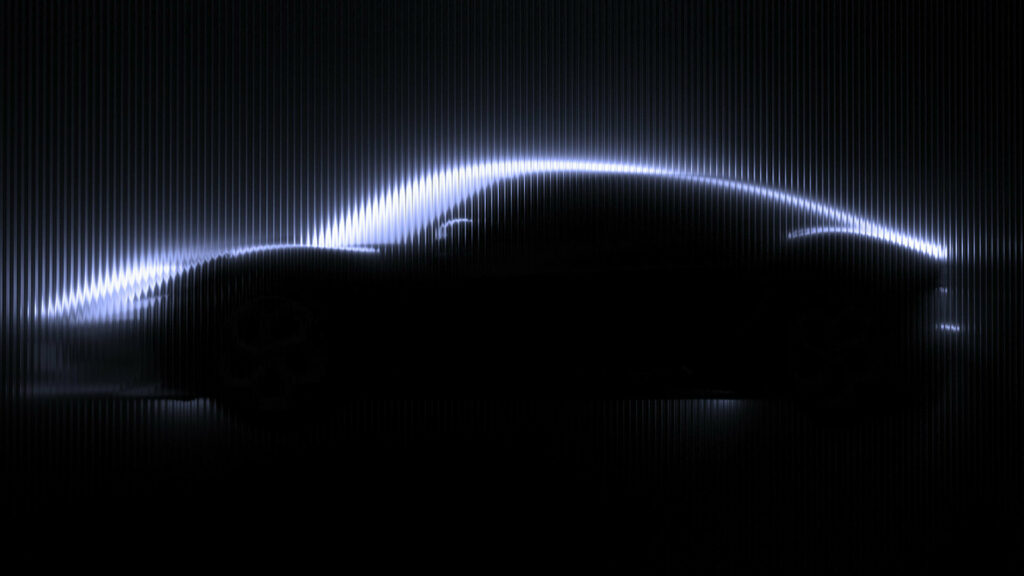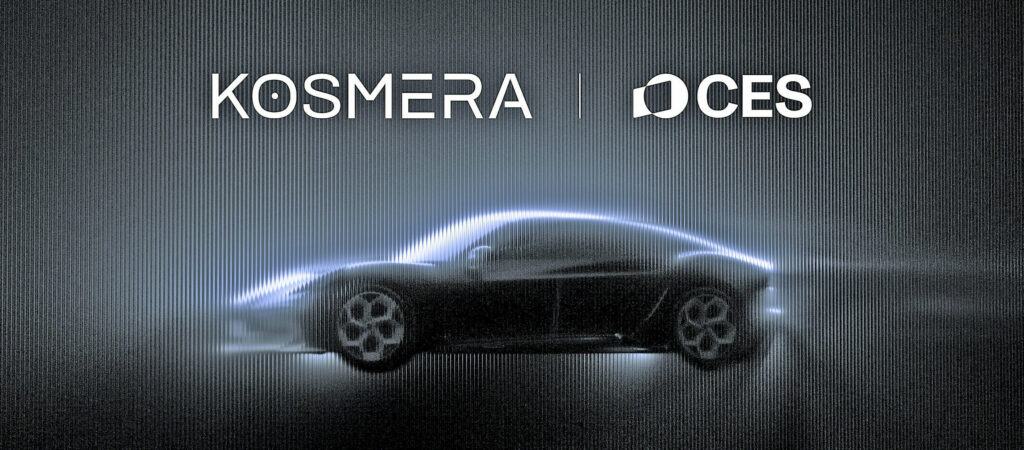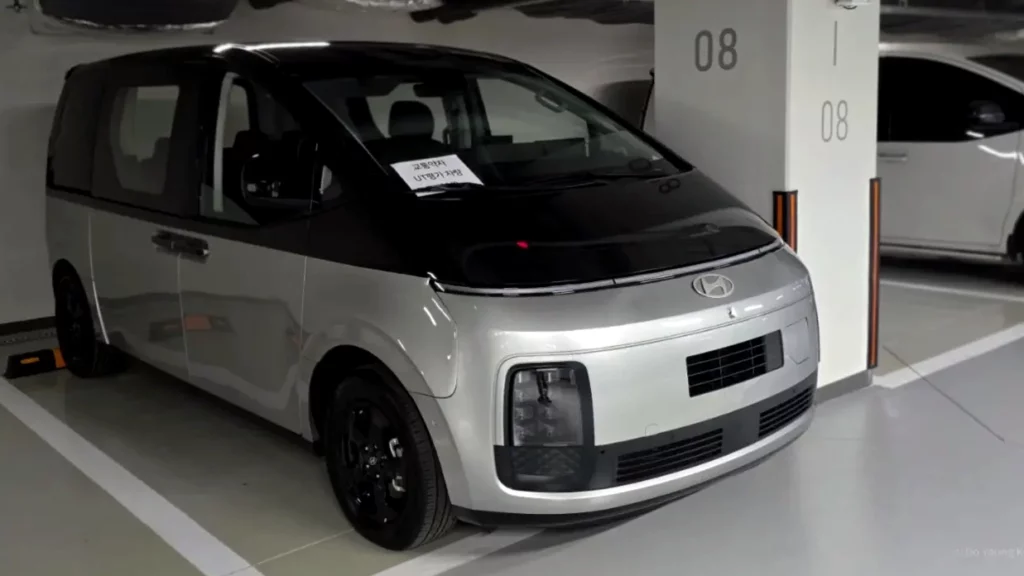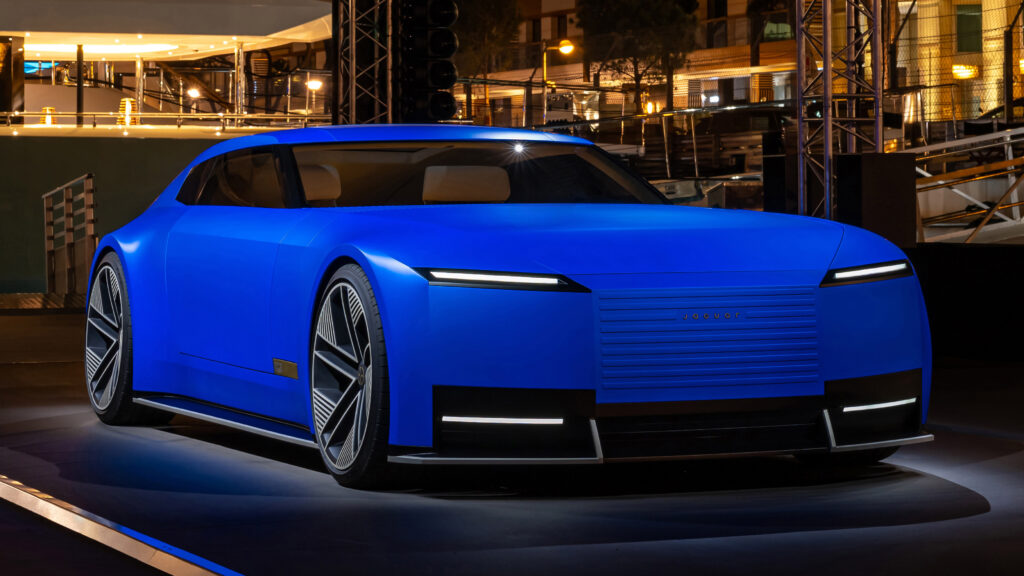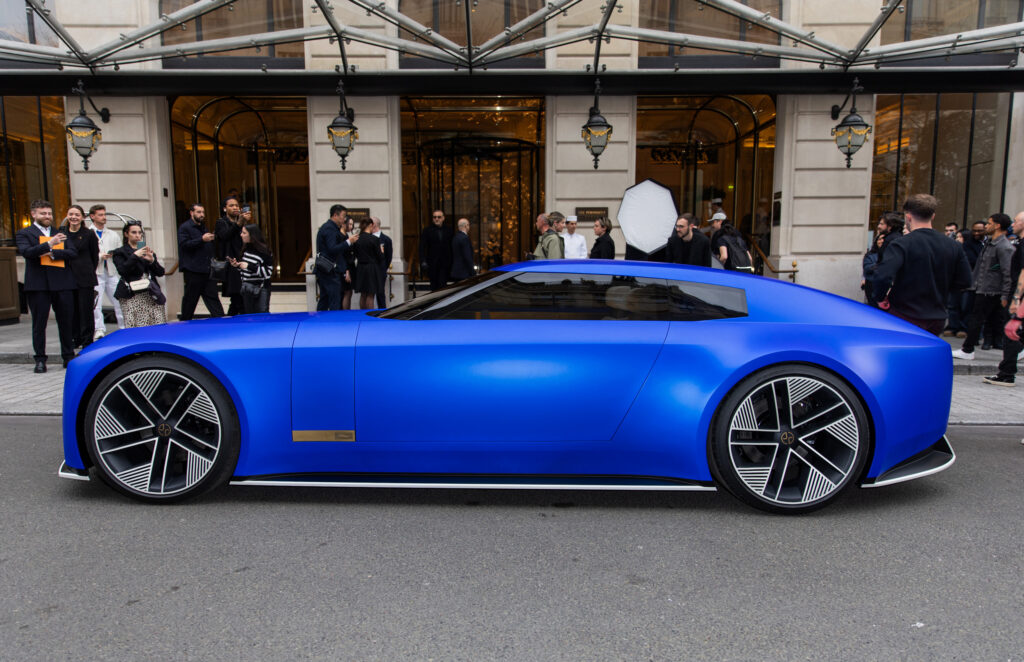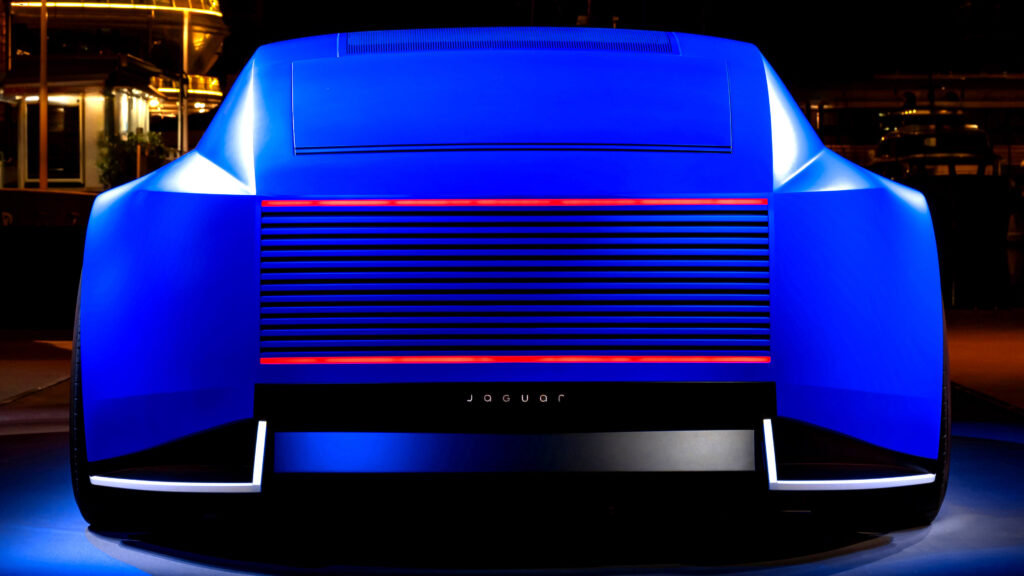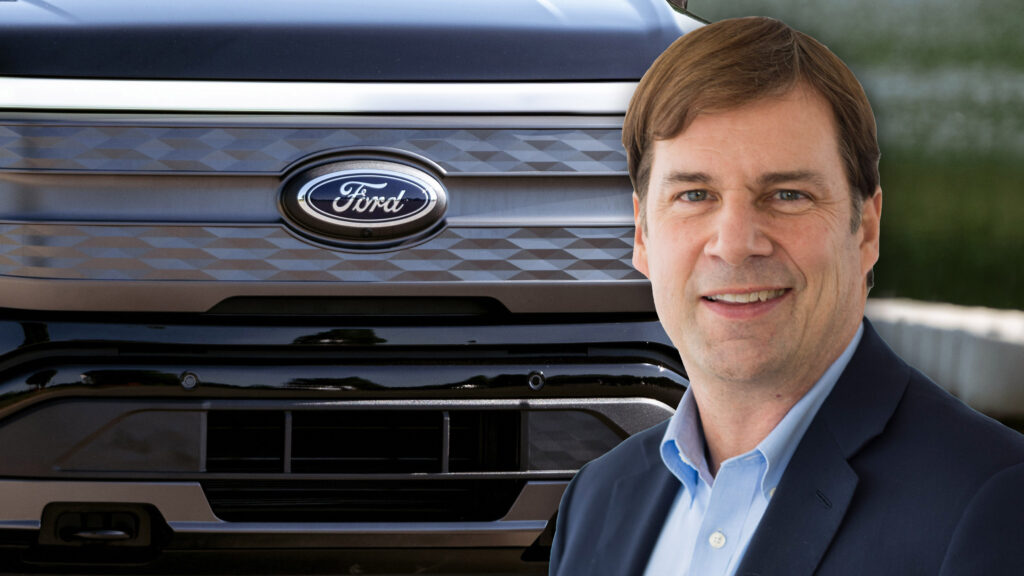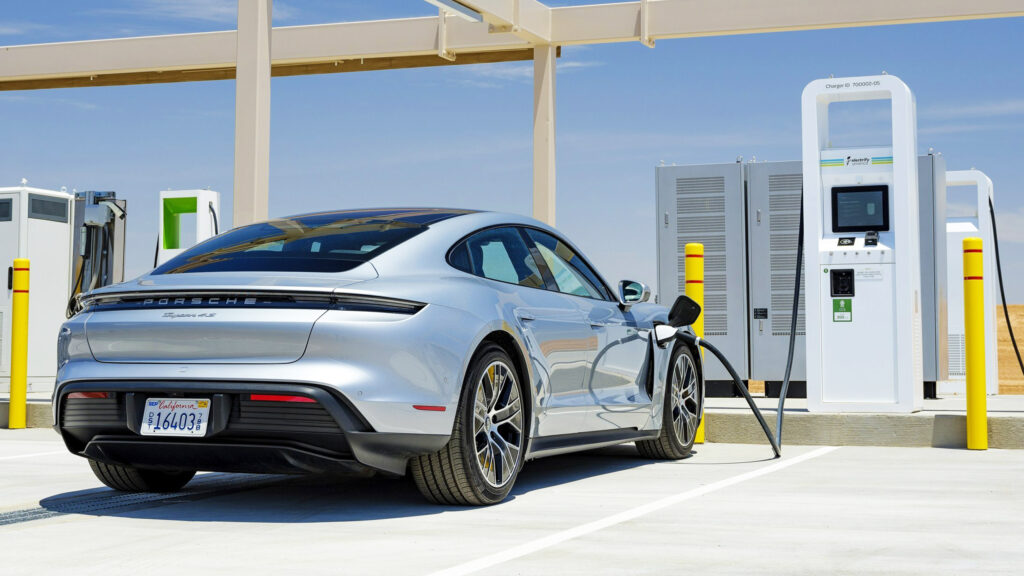Fiat’s Most Polarizing Minivan Deserves A Comeback, And This Is The Perfect Starting Point

- Our render uses the Citroen ELO to imagine a Fiat Multipla EV.
- Two-story headlights return with subtle vintage Fiat design cues.
- Sliding doors reveal a modular six-seat cabin with center driving.
The unveiling of Citroen’s ELO concept, with its stacked LED lights, minivan-like shape, and six-seat layout, immediately stirred speculation. Not just about the prospect of a Citroen-badged people carrier, but also about what it might mean for other brands within the Stellantis umbrella. It landed with a visual impact that invited questions beyond the concept itself.
More: We Imagined Stellantis’ Tiny EV As Jeep, Dodge, And Chrysler Oddballs
Could this be the design foundation for a new Fiat Multipla? At first glance, it may seem like a stretch, but the idea isn’t as far-fetched as it sounds. Fiat is rumored to be bringing back the Multipla name for a family-focused SUV.
Still, the ELO’s shape and proportions prompted a different line of thinking; what if the next Multipla leaned more closely into its original spirit?
The Return of One-Box Thinking
The single-box layout of the Citroen concept feels oddly well-suited to a spiritual successor to the original 1955 Fiat 600 Multipla. The notion doesn’t feel far off, especially since both marques fall under the Stellantis umbrella.

With minimal styling revisions, Fiat could spin off a distinctive variant while still sharing development costs with Citroen, if such a minivan duo were ever to hit the streets.
There’s a clear visual callback in the lighting setup. The concept features round LEDs paired with slim DRLs positioned at the base of the windshield, subtly hinting to the stacked, two-tier headlights that made the 1998 Multipla infamous. A slightly reworked front end, with smoother surfacing and Fiat’s latest badge, completes the update.
Most of the 4.10-meter (161.4-inch) bodywork is carried over from the Citroen ELO, with the exception of the rear. There, the UFO-like split taillights jutting from the corners could be swapped for pill-shaped units that recall the cheerful styling of the Fiat Topolino.
More: You’ll Grow A Beard Before Fiat’s New Manual Hybrid Hits 60
As a finishing touch, we added a set of vintage alloy wheels from the Fiat 500 anniversary specials, along with a more expressive palette of exterior colors. Finally, discreet plastic cladding around the wheel arches with a matching finish for the bumpers and door inserts make the fictional model look ready to hit the road.

The wide-opening sliding doors and experimental cabin layout of the Citroen concept also make sense here. Six individual seats, a central driving position, and the option to remove chairs or add accessories like inflatable mattresses and modular storage could make this an ideal companion for family adventures.
Packaging like that requires a dedicated EV platform. That means no room for combustion engines. But a compact rear-mounted motor and a modest battery would be more than sufficient for city use and the occasional weekend escape.
The Story of the Multipla
The original Fiat 600 Multipla, designed by Dante Giacosa, was introduced in 1955. It was based on the underpinnings of the Fiat 600 featuring cab-over styling. Despite measuring just 3,531 mm (139 inches) long, it had a spacious interior that could accommodate up to six passengers and their luggage.
More: Remember The Fiat Multipla? Reimagining The ’90s Icon For The EV Age
Fiat revived the Multipla name in 1997 for a new compact MPV, and while it may be better remembered for its polarizing design, it delivered genuine functionality. Roberto Giolito’s design, with its two-level headlights and expansive glasshouse, stood out in every possible way.
Despite being shorter than a modern supermini at 3,994 mm (157.2 inches) long, the Multipla offered uncompromising practicality. Rather than stretching it lengthwise, Fiat’s designers cleverly pushed the dimensions outward, giving it a width of 1,871 mm (73.7 inches).
That allowed for two full rows of three seats, making it a genuine six-seater, with a minimum of 430 litres of boot space, plenty of room for luggage, shopping, or a four-legged passenger or two.
And because Fiat made it wide rather than long, the Multipla not only packed in the space but also handled better than most people movers, with a squat stance that gave it a more planted feel on the road.
The second-generation model received a more conventional facelift in 2004 and was discontinued in 2010. However, production continued under license in China by Zotye until 2013.
Is There Room for a Quirky Comeback?

Fiat hasn’t confirmed a new Multipla, but the name keeps resurfacing in product speculation. n. Most likely, it will be assigned to a crossover in the expanding Panda lineup.
That model is expected to use Stellantis’ Smart Car platform, shared with the Citroen C3 Aircross and Opel Frontera, and would likely compete with budget-friendly models like the Dacia Duster and Bigster.
Review: New Fiat Grande Panda Hybrid Makes Budget Look Cool Again

The forthcoming SUV will reportedly be offered with gasoline, mild-hybrid, and fully electric powertrain options, following the example of the Grande Panda subcompact hatchback and a mechanically-related fastback crossover that has been spied testing.
Still, for all the SUV planning, there remains a quiet corner of the internet hoping that Fiat remembers what made the original Multipla special: not just practicality, but a certain willingness to stand apart.





